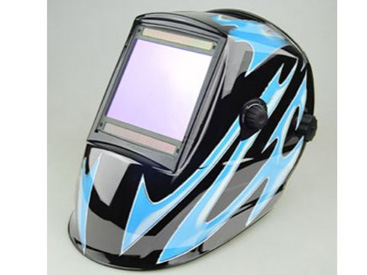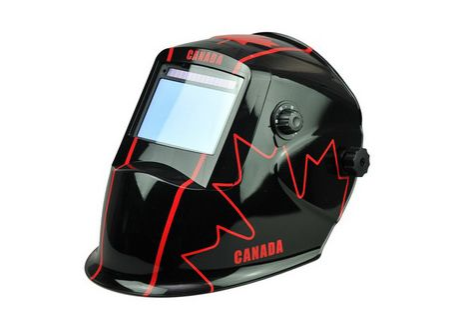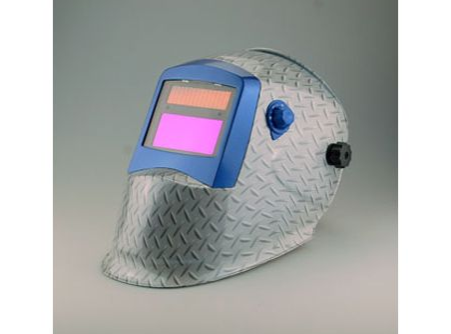How do you know which helmet is right for you? Learn more about your options to help you make your choice!
Safety standards
Regardless of the type of welding process, the use of quality personal protective equipment and safe welding practices must be a priority for welders. Welding PPE includes, but is not limited to, eye, face, hand, and body protection. Safety glasses should always be worn under the welding helmet. In addition, the welding environment should be evaluated to ensure proper ventilation and respiratory protection.
One of the essential features of any helmet is safety and compliance. In the United States, welding helmets are required to meet ANSI standards - and in Canada, helmets are required to meet CSA standards. Common standards ensure that helmet lenses protect welders from anything that could affect the eyes, which includes UV and infrared filtering, regardless of shade settings. Safety must be a top priority.
Helmet Styles
There are two common styles of welding helmets, a passive style and a variable shade that automatically dims.
Passive helmets have a dark lens, usually a #10 shade. When the helmet is in the down position, you will see through the dark lens. The lens will not switch from a light state to a dark state. It will remain dark. Therefore, you will need to remove the helmet when inspecting the weld. These helmets are usually very light, but because you can't choose the shade level and constant dark lens, some welding processes and viewing your work area between welds can be difficult.

Welding Helmet
Auto-darkening helmets are suitable for every welding level from hobbyist to professional. Auto Darkening Helmets and Fixed Shade combine the economy of a fixed shade helmet with the benefits of auto-darkening. If the majority of your welding involves using similar materials with the same welding process, then the Fixed Shade Auto Darkening Helmet may be the right choice.
Auto-darkening helmets with variable shading allow you to choose a shade preference, which allows you to adjust the shade for different welding processes and applications. Typical weld shadows range from #8 to #13. When the helmet is in the down position, you will see the weld seam and surrounding area through a light lens for clear visibility and evaluation. Once the welding arc is struck, the helmet will automatically darken to the shade of your choice.
General features of the auto-darkening helmet
Welding light status.
The brightness or darkness of the welding filter when not welding. The brighter the welding filter, the better the welder's view of the work area and the weld.
Weld shading.
Determines how dark the welding filter is when the welding arc is triggered. The market standard shade is 8-13, with 13 being the darkest.

Auto Darkening Welding Helmet
A number of sensors.
The number of sensors varies from two for hobby-grade helmets to four for industrial-grade helmets. More sensors mean better coverage, especially for misaligned welds where sensors may be blocked. Three sensors may be enough for production work or when you have a clear line of sight to the job. Four is the best choice for most fabrication and misalignment work.
Sensitivity.
Determines the amount of light needed to dim the welding filter. Most auto-dimming helmets allow the welder to choose how sensitive the welding helmet is to light.
Viewing areas.
Welding helmets have a number of viewing areas. Larger viewing areas provide more visibility of the weld and weld area, while smaller viewing areas provide a more focused view. When viewing larger viewing areas, the weight of the helmet may be a consideration.

Auto Darkening Welding Helmet
When selecting a welding helmet, keep the following tips in mind.
Always wear protective clothing appropriate for your welding application when welding. Always wear safety glasses under the welding helmet.
For consistent weld visibility, make sure the outer shield lens of the welding helmet is free of slag and spatter.
If welding is your profession - or part of it - take the time to find the right helmet for you. While it may be tempting to buy the cheapest helmet at your local hardware store, taking the time to explore all your options can provide long-term benefits.
For more information on auto-darkening technology or finding the right helmet for your needs, please contact us or visit https://www.sino-welding.com.










